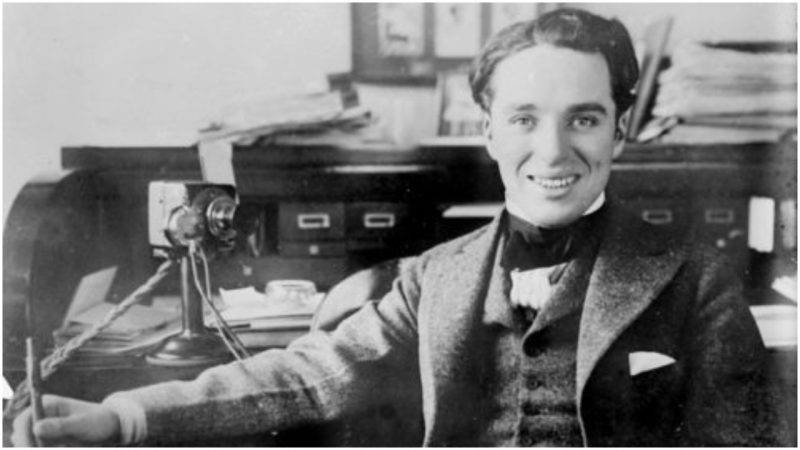It takes millions and millions of years, a lot of hydrogen gas, and a passing comet or a blasting supernova for a star to be created. Yet, for this one, one that illuminated the skies brighter than any other, it only took four years of marriage and a spark of love between two people so the star could be born on our planet, to be exact on East Street, Walworth, in South London.
Charlie Chaplin’s talent and fame were in such defiance of all laws of probability, it suggests that every single one of us could be a star in the making.
For his story introduced a new concept of how stars are made: from hardships endured, big dreams, and a lot of sacrifices, while all the time having complete faith in himself. This boy used his harrowing past to build a future that inspired many and continues to do so.
Just as all the stars begin small, as mere particles in vast clouds of dust and gas, this one too, started very small, as a young boy aged five struggling in a large world of which he knew nothing, except continual crises and constant hardship.
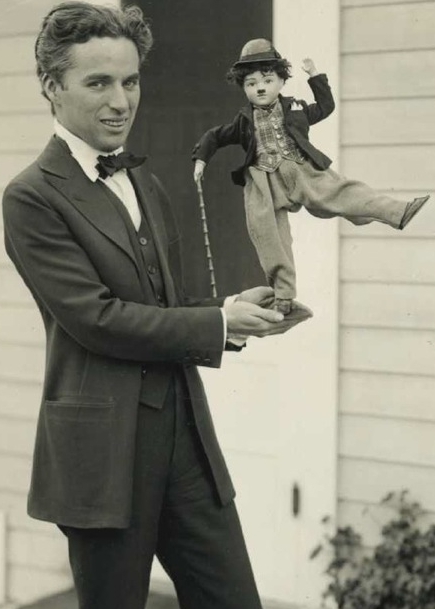
In My Autobiography, the critically acclaimed book written by Charlie Chaplin and published by Simon & Schuster in 1964, the actor, filmmaker, producer, writer, and composer shared his story, which has to be one of the most dramatic rags to riches tales ever told. He rose from an impoverished London family to be a comedic international star.
In the book, he emphasizes one event in his early childhood as the reason for his success.
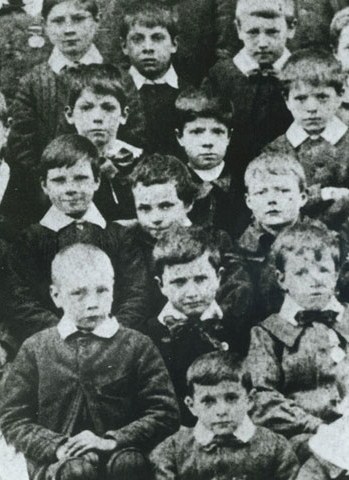
Born on April 16, 1889, Charles Spencer Chaplin was the son of Hannah Harriet Pedlingham Hill, a not too successful English actress, singer, and dancer. During the early 1880s, captivated by his charm and good looks, she fell for her stage partner, Charles Chaplin, while both took part in an Irish sketch, Shamus O’Brien. Life took her to the South African gold-mining district of Witwatersrand, far from Chaplin. There, according to the psychiatrist Stephen Weissman, who wrote about her in his 2008 book Chaplin: A Life, the teenage girl was forced into prostitution by Sydney Hawkes, who was her lover at the time.
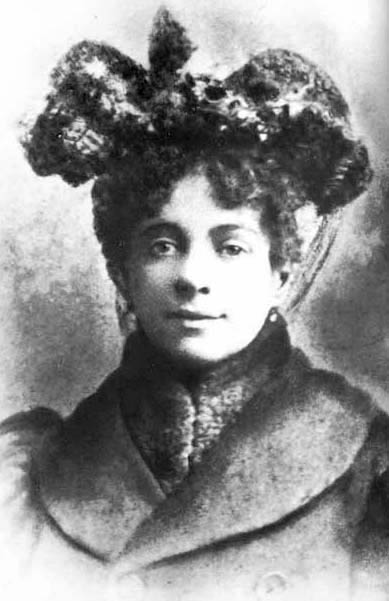
In 1884, 19 years old and pregnant, she somehow found a way to escape Hawkes and returned to London, where she had her first baby, Sydney John Hill. In 1885, Hannah married her earlier love, Charles Chaplin, and four years later, Charlie Chaplin was born. Shortly after his birth, his father’s fame as a singer blossomed and Chaplin Senior set out on a tour through North America, leaving a young wife with two kids to fend for herself.
Hannah began to work occasionally as a nurse and a dressmaker as well as an actress in order to try to make a living. Chaplin recalls that his mother was almost always in good spirits, entertaining them with performances of her earlier stage acts or devising stories to keep their spirits up despite the hardships caused by poverty. In his autobiography, he describes her as a supportive and encouraging mother, saying that she always “imbued me with the feeling that I had some sort of talent.” Not having a choice, if she was performing at night, she would take the children along.
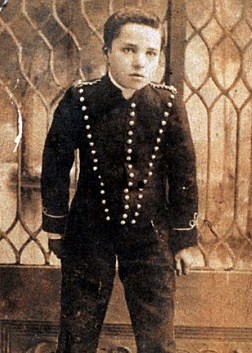
Chaplin recalls one particular night in 1894 when his mother lost her voice while acting at the Canteen in Aldershot, and he, a five-year-old boy at the time was watching backstage, confused and upset.
“I remember standing in the wings when Mother’s voice cracked and went into a whisper. The audience began to laugh and sing falsetto and to make cat calls. It was all vague and I did not quite understand what was going on. But the noise increased until Mother was obliged to walk off the stage. When she came into the wings she was very upset and argued with the stage manager who having seen me perform before Mother’s friends, said something about letting me go on in her place. And in the turmoil I remember him leading me by the hand and, after a few explanatory words to the audience, leaving me on the stage alone. And before a glare of footlights and faces in smoke, I started to sing, accompanied by the orchestra which fiddles about until it found my key. It was a well-known song called ‘Jack Jones.’ ”
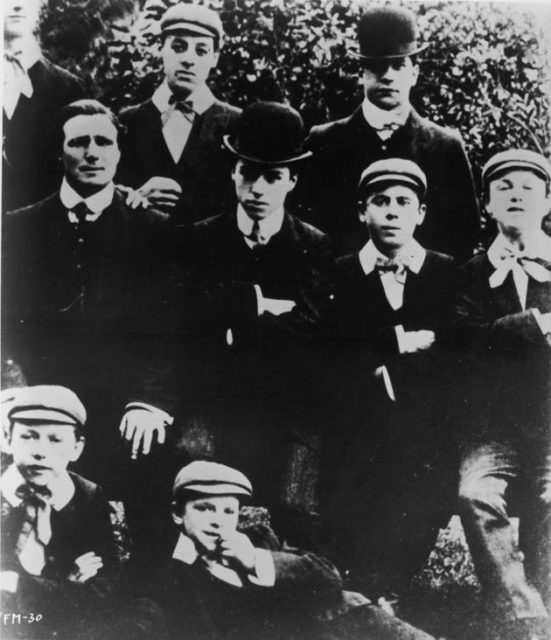
He was just getting started when, all of a sudden, Chaplin found himself standing in the middle of a shower of money thrown onstage in acknowledgment. The boy stopped singing, only to announce that he would pick up the money first and then continue with his act. As you might suspect, the scene made everyone laugh hysterically. But it did not stop there. The stage manager, while the audience was trying to catch a breath, rushed onstage with a handkerchief aiming to help the boy gather the coins up.
As Chaplin states, his first thought was the man came to collect the money for himself, and seeing his reaction, everyone in the audience started laughing even more, especially when they saw the boy chasing the manager as he was walking off the stage.
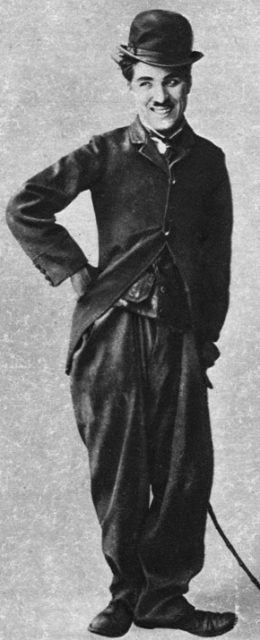
It was only when he saw the money given to his mother that young Chaplin returned to the stage to continue his act. Now feeling quite at home, the boy began to talk to his audience freely, sing songs upon request, and impersonate other actors, including his mother’s rendition of an Irish march song. And in this moment, in all innocence, Chaplin reveals, he imitated his mother’s cracking voice, which to his surprise made the audience burst into laughter once again. Stunned by the laughter and cheers, the boy stood still as his other came onstage to carry him off. Her entrance evoked tremendous applause. They bowed and left holding hands, leaving the audience crying for more.
“That night was my first appearance and mother’s last,” Chaplin wrote. For his mother’s voice cracking was another sign of her deteriorating health due to disease, later confirmed to be syphilis, possibly contracted during her teenage years. Throughout Charlie’s childhood, she would go in and out of infirmaries, and Charlie and his siblings were put into orphanages or work houses.
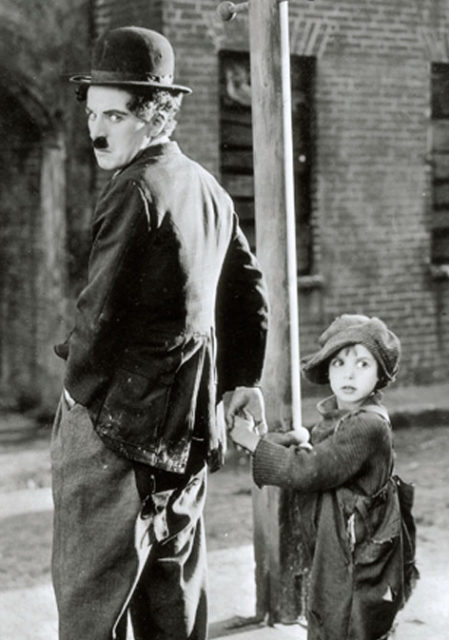
Charlie continued performing and by the time he was 14 his career was booming. At 21 he earned enough to move to the United States, where he made sure to make a name for himself, and on his own terms. Struck by misfortune all of her life, his mother, whose health only worsened, came to be Chaplin’s driving force and a profound inspiration.
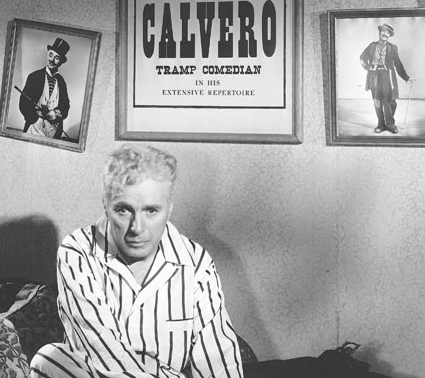
In 1921, desperate to see her, he brought her to Hollywood to live with him in the home he shared with Sydney and his other half-brother, Wheeler Dryden. By this time his mother health’s had already deteriorated to a state of dementia.
In California, her sons ensured that their mother received the best care possible. Seven years later, on August 28, 1928, she passed away in the hospital in Glendale, with Charlie at her side holding her hand, just as he did that night when his mother’s unfortunate career ended but his began.
